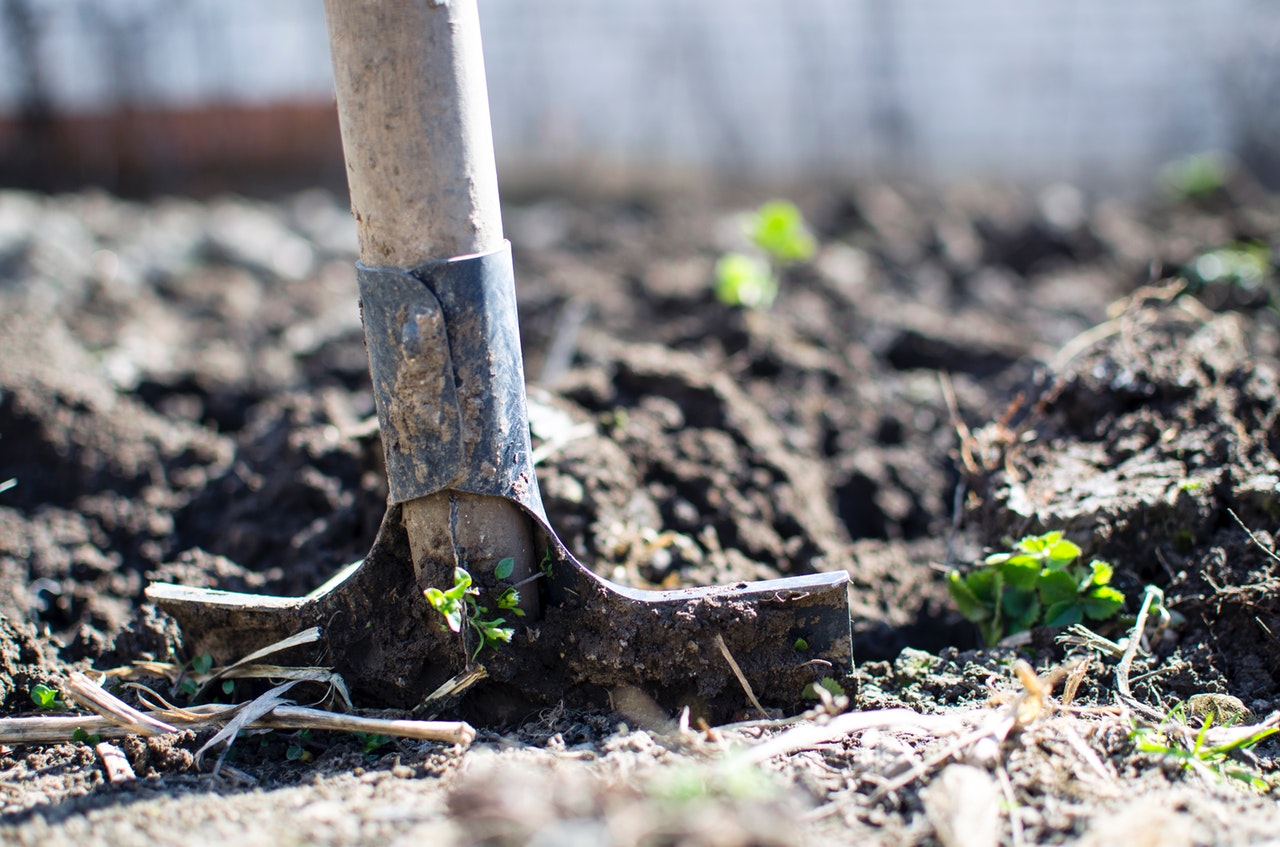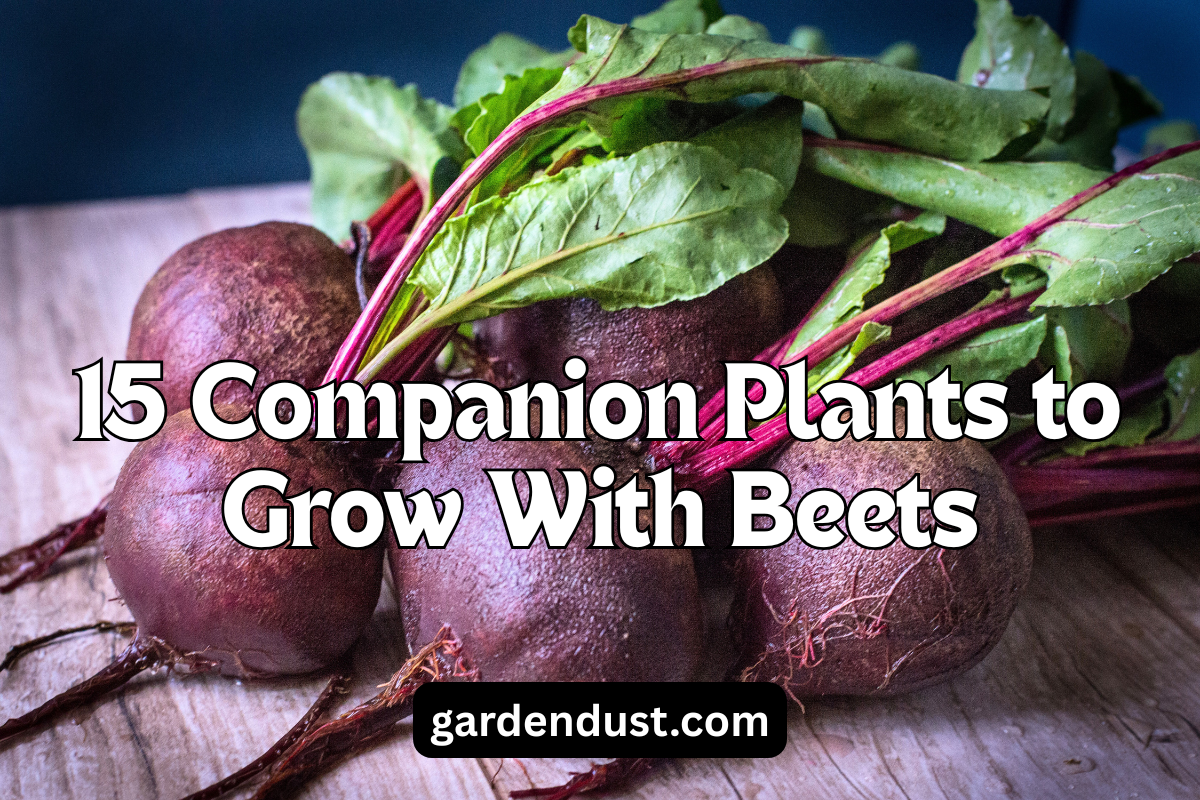Gardening is a fun and invigorating activity. It keeps one busy and productive and brings creativity and ingenuity in everyone. Gardening beautifies our homes but it also produces a good deal of yard waste. What better way to make this waste wok out for you than to use it to enrich your garden through composting? You’d be making your soil more fertile for the health of your plants and at the same time, you’d be helping your community dispose of waste in the cleanest, cheapest and easiest manner. Here are some simple ways to make home composting successful for you:
How to do Home Composting?
1. Select the best compost material-
Home Composting is simply simulating, if not imitating nature’s natural process of breaking down dead matter and using it to replenish the soil’s nutrients. The best source would obviously be your own yard waste such as the dried leaves, straw and wood chips from your own vegetation. Experts recommend using “browns” and “greens”. Browns are rich in carbon while greens are rich in nitrogen.
2. The correct combination of compost materials-
To make home composting successful, it is better to combine different compost materials to use just one type. Combine some of the materials mentioned in the above tip and shred them into small pieces to make them easier to store in case you might want to pile them later.
3. Use of manure can also mean successful home composting-
Manure is also a rich source of organic materials and may come from a variety of animals such as chicken, ducks, pigs, sheep, cow, and goats. They are rich sources of nitrogen which plants need in building up their tissues. It is best to layer this manure with dried leaves and to not simply add it into the pile s that it is effectively decomposed and incorporated into the compost.
4. Cold composting-
Cold composting is easy enough to do which involves piling all the materials you have chosen as compost materials. Put them up in a pile and give them time to decompose, after months or a year, you’d have a rich compost from the decomposition of these materials.
5. Hot composting is more systematic and laborious than cold composting but it works-
The pile should be at least 3- feet deep and is made up of alternating materials. Water is sprinkled regularly on the pile keep it most for microbial growth and action. Once in a while, you may mix the pile to expose the lower layers to oxygen and promote further decomposition of organic matter. This should generate some heat in the compost as gases are produced with the breakdown of organic matter.
6. Stink management is also a key to successful home composting-
If the pile is not aerated enough, it begins to give off a bad odor. To resolve this problem, turn and mix the pile once in a while. Do not allow your compost pile to simply stink up.
7. Keep moisture level up but not too much-
Adding too much water will waterlog your microorganisms which will not be good for them too and will inhibit their decomposing activities.
8. Make the entire pile moist to stimulate microbial activity-
If the pile is dry and is not heating up, one has to do the entire pile all over again and this time cut the materials into smaller pieces. Add enough water also to make the entire pile moist to stimulate microbial activity.
Must read- An Introduction of Herb Garden.
9. Management of insects by covering the pile with dirt-
No matter how you are promoting the decomposition of organic waste, your compost should not be a breeding ground for flies and ants that can be sources of diseases and may hard your plants in the long run. Another key to successful home composting is the management of these insects by covering the pile with dirt. It does not do if these insects would proliferate in your compost because they may do more harm than your compost may do you good.
10. keep your compost pile within your yard-
It should be contained within a particular space so it does not look like a dumpsite of some sort. Building a simple fence may do the trick. Your enclosure should also allow some air to get in through the sides.







